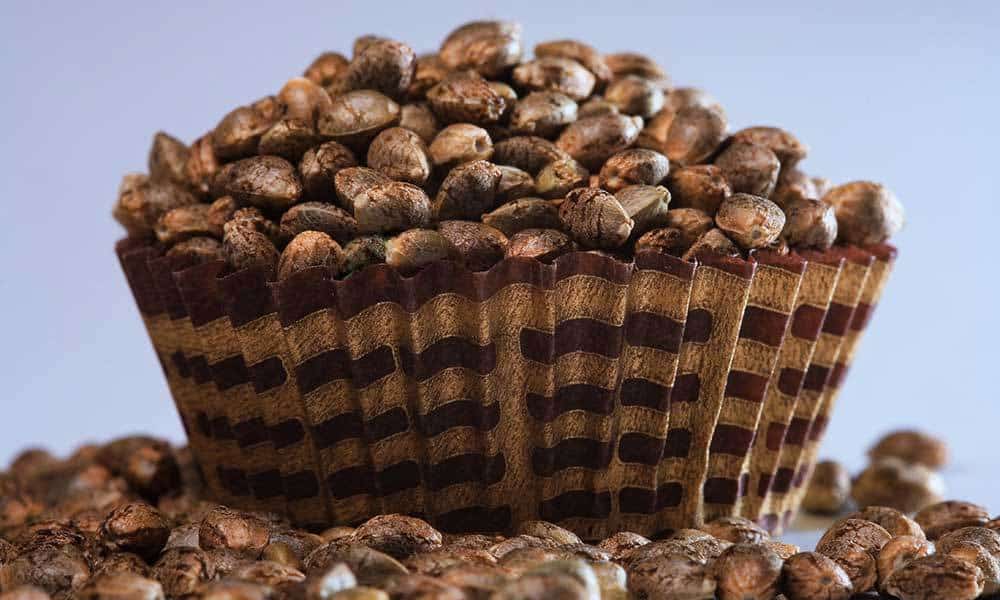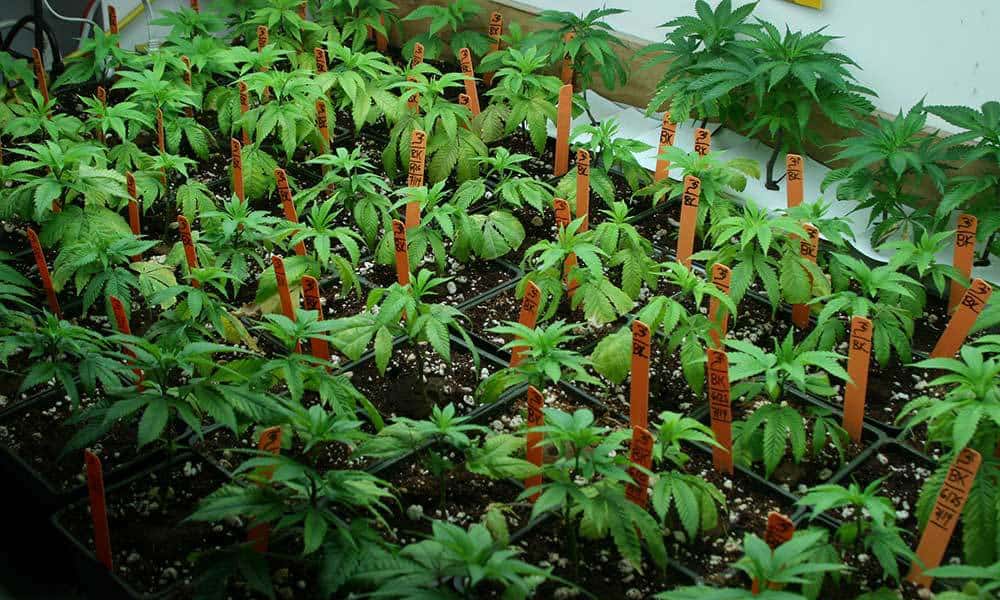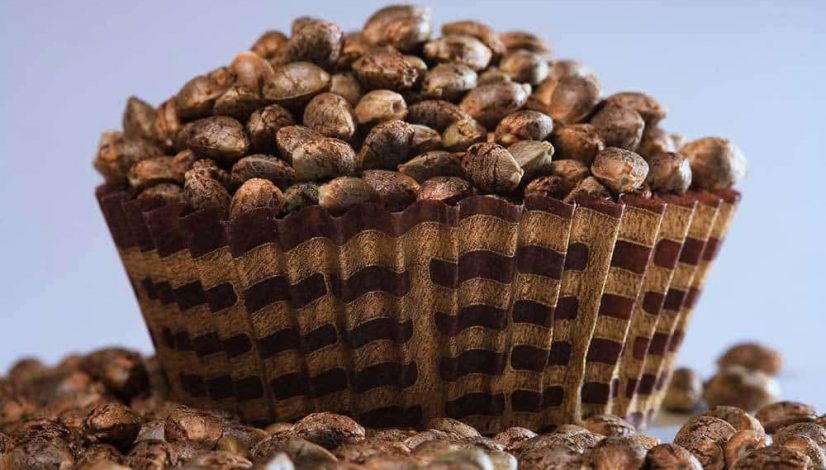Tips & Tricks For Seed Germination
The post Tips & Tricks For Seed Germination appeared first on High Times.
Looking for information regarding seed germination? Whether you’re a novice or an advanced cannabis grower, this is the guide for you. High Times Cultivation Editor Nico Escondido answers all of your grow questions in his weekly Nico’s Nuggets column.
The Question: What Can You Tell Me About Seed Germination?
Hello, Mr. Nico!
I have a very technical question regarding seed germination, and I know you are just the man to ask. I have a friend who holds a PhD in plant physiology, and he once told me that plant seeds can be “turned on and turned off,” such that they germinate at a rate of 100 percent, or not at all.
For the life of me, I cannot remember how exactly he said to do this, and I have lost contact with him for the time being. I thought I might try my luck with you. Any info on this subject is appreciated! Thanks and keep up the good work my friend!
— David B.
The Answer: Seed Germination Basics & Technical Theories

Germinating cannabis seeds is an easy process.
Greetings, David.
Thanks very much for writing in with your excellent question—and for your faith that we might be able to provide some insight! I think I have an idea of just what your friend was talking about when he described turning a seed “on and off” in terms of germination.
Seed Germination Basics

These seeds are ripe and ready for germination.
To start, we must first understand that not all cannabis seeds are viable for germination. Seed viability can be determined by the seed’s size, color, moisture content and age.
Young, immature seeds have very low rates of germination. These seeds are smaller and look very pale or white in color.
Bigger, plump seeds that are darker brown in color, with black tiger-like stripes are usually good bets for higher germination rates. Seeds that need to be stored long-term (more than six months) should be kept in the proper conditions—in an airtight container and in a dry, dark and cool place.
To germinate seeds, there are quite a few easy propagation methods.
Perhaps the simplest is to place the seeds between two moistened paper towels and lay them flat on a tray or plate. Keep the tray on top of a warm appliance or mild heat mat, regularly moistening the paper towels. After a few days, you will see the root tips begin to sprout.
If the seeds are being difficult, you can try floating the seeds in a glass of water for a day to help soften them up. Some advanced growers even use mild soap solutions, razor blades and plant hormones to increase germination rates on old or heirloom seeds.
Advanced Seed Germination

Healthy seedlings ready for transplant into their permanent grow containers.
All of that being said, there are some more technical theories on plant seed germination that have been tested. And while some of these theories have been proven using specific seed varieties, it is not known if these techniques work on all plant species.
Perhaps the most well-known theory on turning seeds “on” and “off” for germination involves the flowering signal that triggers hormones in plants to fruit or flower. These same signals can also be used to trigger germination—or render seeds nonviable.
These “signals” are really the absorption of specific light frequencies.
In flowering plants, leaves of the plant pick up these frequencies, usually in a specific order and duration, which then triggers the release of hormones within the plant that alters the plant’s biological functions.
The Phytochrome Red (Pr) pigment in plant leaves that absorbs red light from the spectrum, in wavelengths between 660 – 760 nanometers (nm), is the first signal caller. The pigment called Phytochrome Far Red (Pfr), which absorbs red light at 760 – 800 nm, is the second signal caller.
Much in the same way that these leaf pigments trigger flowering, seeds—with just a single flash of light at these frequencies—can also be turned “on” and “off” for germination.
When red light at 660 – 760 nm hits a seed and then is immediately followed by a flash of red light at 760 – 800 nm hitting the same seed, the seeds will not germinate. Reverse this process, and the seeds will germinate at a very high rate, if not in totality.
Trials with cannabis seeds have indicated that this works for the cannabis plant species; however, in certain subspecies of cannabis (and strains containing diverse and hybridized genetics), the results were less than certain.
Still, many savvy breeders and seed producers have incorporated these techniques into their practices with good success. Conversely, it has long been suspected that Customs & Border Control agencies, as well as other law enforcement agencies, have also practiced these techniques on cannabis seed shipments across international borders, though that conspiracy theory seems a bit far fetched.
The post Tips & Tricks For Seed Germination appeared first on High Times.


